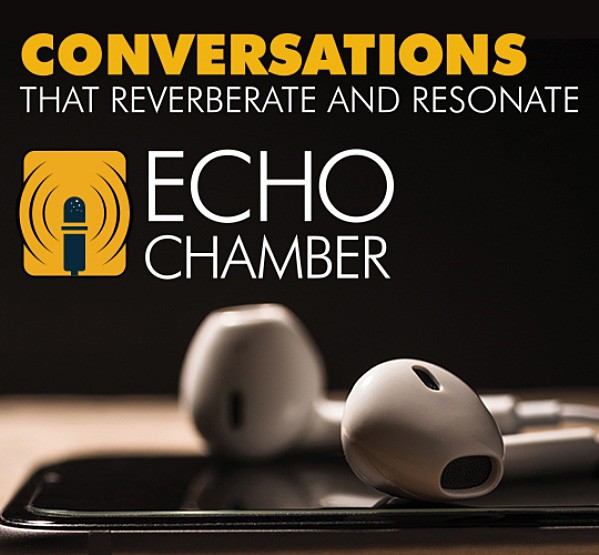 A new employer survey from the Indiana Chamber shows concerning trends in workforce shortages, tuition reimbursement and response to prescription opiate abuse.
A new employer survey from the Indiana Chamber shows concerning trends in workforce shortages, tuition reimbursement and response to prescription opiate abuse.
“Too often employers can’t find the workers they need, and those currently employed aren’t taking advantage of tuition reimbursement that would put them in better positions,” says Indiana Chamber President and CEO Kevin Brinegar.
More than 1,100 businesses from throughout the state took part in the Indiana Chamber Foundation’s 10th annual employer survey, sponsored by WGU Indiana and conducted in partnership with Indiana-based Walker.
Specifically, research shows that nearly half (47%) of employers left jobs unfilled in the past year due to under-qualified applicants. That extended a trend from the previous three years in which the answers to that same question were 39%, 43% and 45%, respectively.
Additionally, almost 80% (79%) percent cited filling their workforce as among their biggest challenges. That number is also on the rise from 72%, 74% and 76% in the previous three years.
Once again, more than half of employers (53%) expect to increase the size of their workforce in the next one to two years. But their challenges are even larger with 54% saying the supply of qualified applicants does not meet demand and 85% placing the filling of talent needs as among their critical challenges.
“In many cases, it’s not a lack of a four-year degree or higher educational achievement. Two-thirds require less than a bachelor’s degree for their unfilled jobs,” Brinegar explains. “This puts additional emphasis on the certificates, credentials and associate degrees in which Indiana, unfortunately, trails the majority of states.”
But it’s not always a lack of education or training that leads to the unfilled positions. In the view of employers, 45% of applicants are unwilling to accept the pay/compensation offered and 28% are not attracted to the community where the job is located.
In the training world, there appear to be some missed opportunities for employers and their workers. Only 40% of the respondents indicate that they partner with an educational institution to help meet their training needs.
For the employees, nearly half (48%) have access to tuition reimbursement programs but very few take advantage of those opportunities. From the employer perspective, 60% said employees have no desire or motivation to participate and 35% believe workers see no personal benefit in advancing their education.
“Part of the problem is employees not having the funds to cover the tuition payments upfront that will be reimbursed at some point by their employer. And that’s a common arrangement for these programs,” Brinegar offers.
“But we also know if employers pay for the tuition directly to the school – which is obviously easier for larger companies – more workers are likely to take part. We heard from one of our members who saw participation jump from about 50 employees to more than 400 when that change was made. So that is something the Indiana Chamber will be looking at this summer in our business-higher education committee to see what public policy recommendations may make sense.”
When it comes to prescription opiate misuse, less than half (47%) of the respondents said they drug tested employees for it in safety-sensitive positions. On a broader scale, 56% of employers said they tested any employee if they suspected misuse or abuse of prescription opiates. However, more than a third (34%) of employers indicated they did not know how to detect such misuse or abuse.
The survey results are available at www.indianachamber.com/education.
The annual employer survey complements the work the Indiana Chamber is doing with the Outstanding Talent driver in the Indiana Vision 2025 long-term economic development plan for the state.
Indiana Vision 2025 measures Indiana’s progress compared to other states on 36 goals in the four driver areas of Outstanding Talent, Attractive Business Climate, Superior Infrastructure, and Dynamic and Creative Culture. The latest Report Card showing how Indiana ranks was released earlier this month and is available at www.indianachamber.com/2025.


 “What we’ve been doing wrong is saying, ‘Here is our program, you come use it and we hope that it will solve your needs.’ Instead, there should be a conscious effort to truly listen to employers and then develop training programs that are demand-driven to what the needs of the marketplace are now.”
“What we’ve been doing wrong is saying, ‘Here is our program, you come use it and we hope that it will solve your needs.’ Instead, there should be a conscious effort to truly listen to employers and then develop training programs that are demand-driven to what the needs of the marketplace are now.” Among other things, the Alexander-Murray agreement would:
Among other things, the Alexander-Murray agreement would:

 Separately, the Graduation Pathways Panel has already completed two of its eight meetings scheduled before November 1, 2017. As background, the panel was developed as a part of House Bill 1003, which created the new statewide assessment platform to replace ISTEP, now called ILEARN. In addition to installing a new test, the law introduces the idea of pathways for graduation, or other opportunities for students to graduate besides passage of an end-of-course assessment. The law suggests that pathways MAY include options like passing the SAT/ACT or ASVAB (Armed Services Vocational Aptitude Battery); earning an industry certification; earning AP, dual credit or International Baccalaureate credits; or any other pathway as determined by the panel.
Separately, the Graduation Pathways Panel has already completed two of its eight meetings scheduled before November 1, 2017. As background, the panel was developed as a part of House Bill 1003, which created the new statewide assessment platform to replace ISTEP, now called ILEARN. In addition to installing a new test, the law introduces the idea of pathways for graduation, or other opportunities for students to graduate besides passage of an end-of-course assessment. The law suggests that pathways MAY include options like passing the SAT/ACT or ASVAB (Armed Services Vocational Aptitude Battery); earning an industry certification; earning AP, dual credit or International Baccalaureate credits; or any other pathway as determined by the panel.


 A new
A new 
